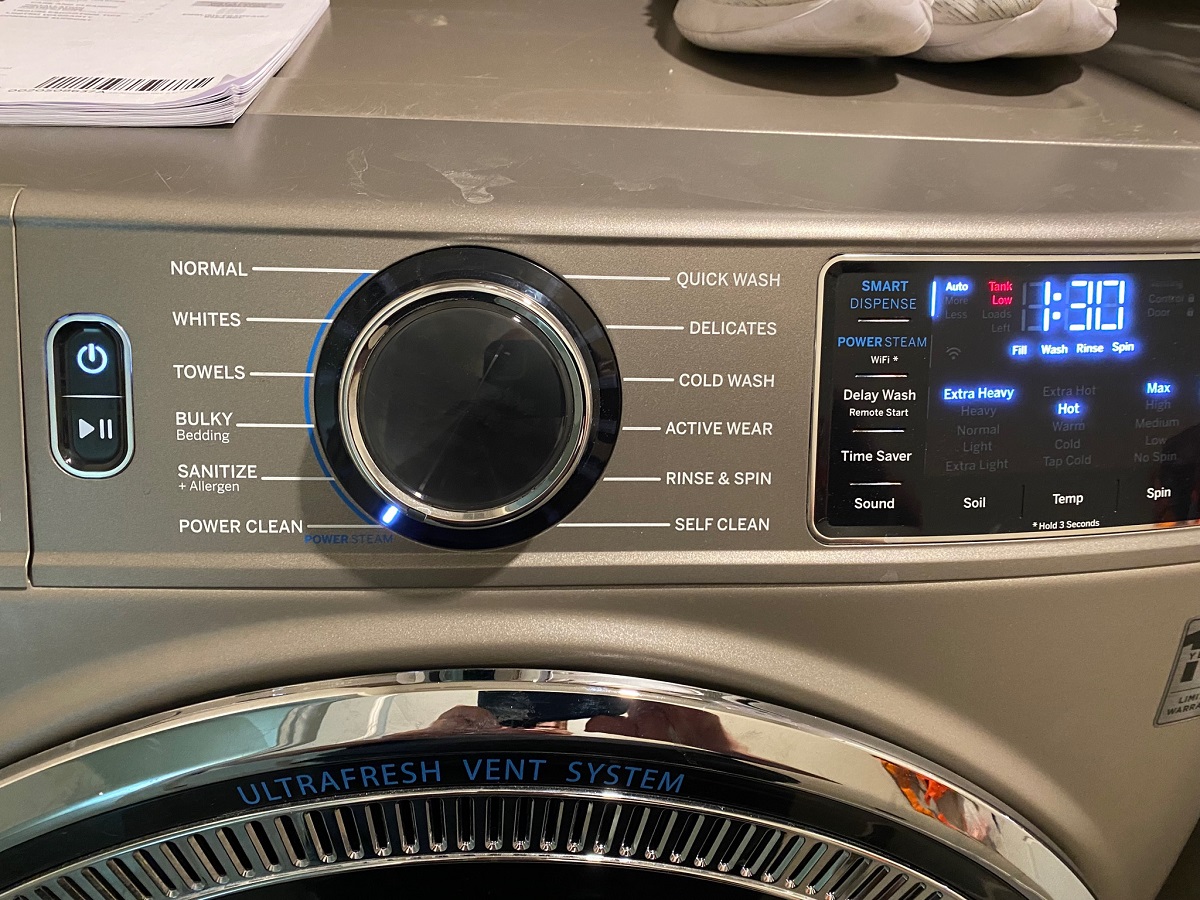

Articles
What Does Tank Low Mean On Washer
Modified: October 20, 2024
Discover what the message "Tank Low" means on your washer and how to resolve it. Read our informative articles for helpful tips and solutions.
(Many of the links in this article redirect to a specific reviewed product. Your purchase of these products through affiliate links helps to generate commission for Storables.com, at no extra cost. Learn more)
Introduction
When doing laundry, encountering issues with your washing machine can be frustrating and inconvenient. One common warning message that may appear on your washer is “Tank Low.” This indicator typically signifies that the water level in the washing machine’s tank is below the recommended level. Understanding the implications of this warning and knowing how to address it is essential for the proper functioning of your appliance and successful laundry sessions.
In this article, we will delve into the meaning of the “Tank Low” indicator, explore the possible causes of this warning, and provide effective solutions to resolve the issue. Additionally, we will emphasize the importance of maintaining proper water levels in your washing machine for optimal performance.
So, let’s dive in and unravel the mystery behind the “Tank Low” warning on washers.
Key Takeaways:
- Address “Tank Low” warnings promptly to prevent damage to your washing machine and ensure effective cleaning results by checking water supply, inspecting the inlet valve, and cleaning or calibrating the sensor.
- Maintaining proper water levels in your washing machine is crucial for efficient cleaning, preventing damage, ensuring fabric safety, promoting energy efficiency, and optimizing overall performance.
Read more: What Does Delicate Mean On A Washer
Understanding the “Tank Low” Indicator
The “Tank Low” indicator is a warning message that appears on a washing machine to indicate that the water level in the tank is below the recommended level. This warning is designed to protect the washing machine from potential damage and to ensure that clothes are properly cleaned.
A washing machine operates by filling the tank with water, agitating the clothes with detergent, and then draining and rinsing them. The water level is crucial for the proper functioning of the machine, as it helps create the necessary agitation and allows the detergent to effectively clean the clothes.
When the water level in the tank drops below a certain point, the “Tank Low” indicator is triggered. This is a safety mechanism that prevents the machine from continuing with the wash cycle, as insufficient water can cause damage to the appliance and result in poor cleaning results.
It’s important to note that different washing machines may have varying methods of indicating a low water level. Some machines may display the specific message “Tank Low,” while others may use visual cues such as a flashing light or a symbol on the control panel. Regardless of the method used, it’s essential to address the low water level issue to ensure the proper functioning of your washer.
Now that we have a better understanding of what the “Tank Low” indicator means, let’s explore the possible causes behind this warning message.
Causes of “Tank Low” Warning
Several factors can contribute to the “Tank Low” warning on your washing machine. Understanding these causes can help you troubleshoot the issue effectively. Here are some common reasons for the low water level in the tank:
- Water Supply Issues: A primary cause of the “Tank Low” warning is a problem with the water supply. If there is a disruption in the water flow or a decrease in water pressure, the machine may not be able to fill the tank adequately. This can be due to a clogged or partially closed water valve, a malfunctioning water inlet hose, or issues with the plumbing in your home.
- Inlet Valve Problems: The inlet valve is responsible for regulating the water flow into the washing machine. If the inlet valve is faulty or worn out, it may not allow sufficient water to enter the tank, triggering the “Tank Low” warning. Inspect the inlet valve for any signs of damage or debris, and consider replacing it if necessary.
- Sensor Malfunction: Washing machines are equipped with sensors that monitor the water level in the tank. If a sensor malfunctions or becomes faulty, it may incorrectly detect a low water level and trigger the warning message. Cleaning or calibrating the sensor, or replacing it if needed, can help resolve this issue.
- Drainage Problems: A clogged or partially blocked drain hose can prevent proper water drainage from the tank. This can lead to a decreased water level and trigger the “Tank Low” warning. Check the drain hose for any obstructions and clean it thoroughly. If necessary, consider replacing the hose.
It’s important to remember that these causes are not exhaustive, and the specific reason for the “Tank Low” warning may vary depending on the make and model of your washing machine. Consulting the appliance’s user manual or contacting a professional technician can provide further guidance in identifying and resolving the issue.
Now that we have explored the possible causes of the “Tank Low” warning, let’s move on to discuss some effective solutions for addressing this issue.
Tank low on a washer usually indicates that the water level in the tank is low. This could be due to a clogged filter or a problem with the water supply. Check the water inlet and filter for any blockages and clean or replace as needed.
Solutions for Addressing “Tank Low” Issue
Encountering a “Tank Low” warning on your washing machine can be frustrating, but fortunately, there are several solutions available to address this issue. Here are some effective steps you can take:
- Check the Water Supply: Begin by ensuring that your home’s water supply is functioning properly. Make sure the water valve connected to the washing machine is fully open and that there are no kinks or obstructions in the water inlet hose. If necessary, clean or replace the inlet hose to ensure a steady flow of water.
- Inspect the Inlet Valve: Examine the inlet valve for any signs of damage or blockage. If the valve is worn out or malfunctioning, it may not be allowing sufficient water to enter the tank. In such cases, consider replacing the inlet valve to resolve the “Tank Low” issue.
- Clean or Calibrate the Sensor: If the low water level warning persists despite an adequate water supply, the sensor may require cleaning or calibration. Consult your washing machine’s user manual for instructions on how to access and clean the sensor. If cleaning doesn’t resolve the issue, contacting a technician to professionally calibrate or replace the sensor may be necessary.
- Check the Drainage System: Inspect the drain hose and ensure it is free from debris or clogs. Clean the hose thoroughly to promote proper water drainage from the tank. If the drainage problem persists, consider consulting a professional technician to diagnose and resolve the issue.
- Reset the Machine: In some cases, a simple reset of the washing machine can help resolve minor technical glitches causing the “Tank Low” warning. Refer to the user manual to learn how to perform a reset specific to your machine’s make and model.
By following these solutions, you can effectively address the “Tank Low” issue and ensure the proper functioning of your washing machine. Remember, if the problem persists or if you are unsure about performing any troubleshooting steps, it’s always best to consult a professional technician for assistance.
Now that we have explored the solutions, let’s move on to discuss the importance of maintaining proper water levels in your washing machine.
Importance of Maintaining Proper Water Levels
Maintaining proper water levels in your washing machine is essential for several reasons. Let’s explore the importance of this practice:
- Effective Cleaning: The correct water level is crucial for the proper functioning of your washing machine and achieving optimal cleaning results. Adequate water ensures that the detergent can evenly distribute and penetrate the clothes, effectively removing dirt, stains, and odors. Insufficient water can lead to poor cleaning performance, leaving your clothes less fresh and clean.
- Preventing Damage: Operating your washing machine with a low water level can cause significant damage to the appliance. Without enough water to create necessary agitation, the machine may struggle to effectively clean the clothes. This can result in increased wear and tear on the washing machine’s internal components, leading to potential malfunctions and costly repairs.
- Ensuring Fabric Safety: Different fabrics require specific water levels to maintain their integrity during the wash cycle. Delicate materials, like silk or wool, require gentle handling and lower water levels to prevent damage. On the other hand, heavily soiled items or larger loads may need higher water levels for effective cleaning. Maintaining proper water levels ensures that your clothes are treated appropriately, preserving their quality and lifespan.
- Energy Efficiency: Using the correct water level in your washing machine promotes energy efficiency. Operating a machine with unnecessarily high water levels consumes more water and energy, resulting in increased utility bills. Conversely, running a machine with insufficient water may require multiple wash cycles to achieve satisfactory cleaning, also wasting energy. Finding the right balance and following the manufacturer’s guidelines for water levels can help reduce energy consumption and save money in the long run.
- Optimal Performance: A washing machine that operates with proper water levels functions at its best. When the machine is able to maintain the recommended water levels, it can effectively complete the wash cycle, ensuring thorough cleaning, rinsing, and spinning. This results in fresh, clean, and properly drained clothes, ready for drying or further laundering.
By understanding the importance of maintaining proper water levels in your washing machine, you can ensure efficient cleaning, prevent damage to the appliance, and extend the lifespan of your clothes. Adhering to recommended water levels not only improves the performance of your washer but also promotes energy conservation and cost savings.
Let’s conclude our article by summarizing the key points we have discussed.
Read more: What Does De Mean On Washer
Conclusion
The “Tank Low” warning on your washing machine is an important indicator that should not be ignored. Understanding its meaning and taking appropriate actions is crucial for the proper functioning of your appliance and achieving satisfactory laundry results.
In this article, we explored the significance of the “Tank Low” indicator, understanding that it typically signifies a low water level in the washing machine’s tank. We discussed various causes of this warning, including water supply issues, problems with the inlet valve or sensor, and drainage problems. We also provided practical solutions for addressing the “Tank Low” issue, such as checking the water supply, inspecting the inlet valve, cleaning or calibrating the sensor, and checking the drainage system.
Maintaining proper water levels in your washing machine is of utmost importance. We highlighted the importance of maintaining proper water levels for effective cleaning, preventing damage to the appliance, ensuring fabric safety, promoting energy efficiency, and optimizing overall washing machine performance.
By following the solutions provided and understanding the significance of maintaining proper water levels, you can overcome the “Tank Low” warning and enjoy optimal laundry experiences with fresh, clean clothes.
Remember to consult your washing machine’s user manual for specific instructions and safety precautions, and if you encounter persistent issues or are unsure about performing any troubleshooting steps, it’s always recommended to seek assistance from a professional technician.
Now, armed with this knowledge, you can confidently tackle any “Tank Low” warning on your washing machine and continue to enjoy hassle-free laundry sessions.
Frequently Asked Questions about What Does Tank Low Mean On Washer
Was this page helpful?
At Storables.com, we guarantee accurate and reliable information. Our content, validated by Expert Board Contributors, is crafted following stringent Editorial Policies. We're committed to providing you with well-researched, expert-backed insights for all your informational needs.
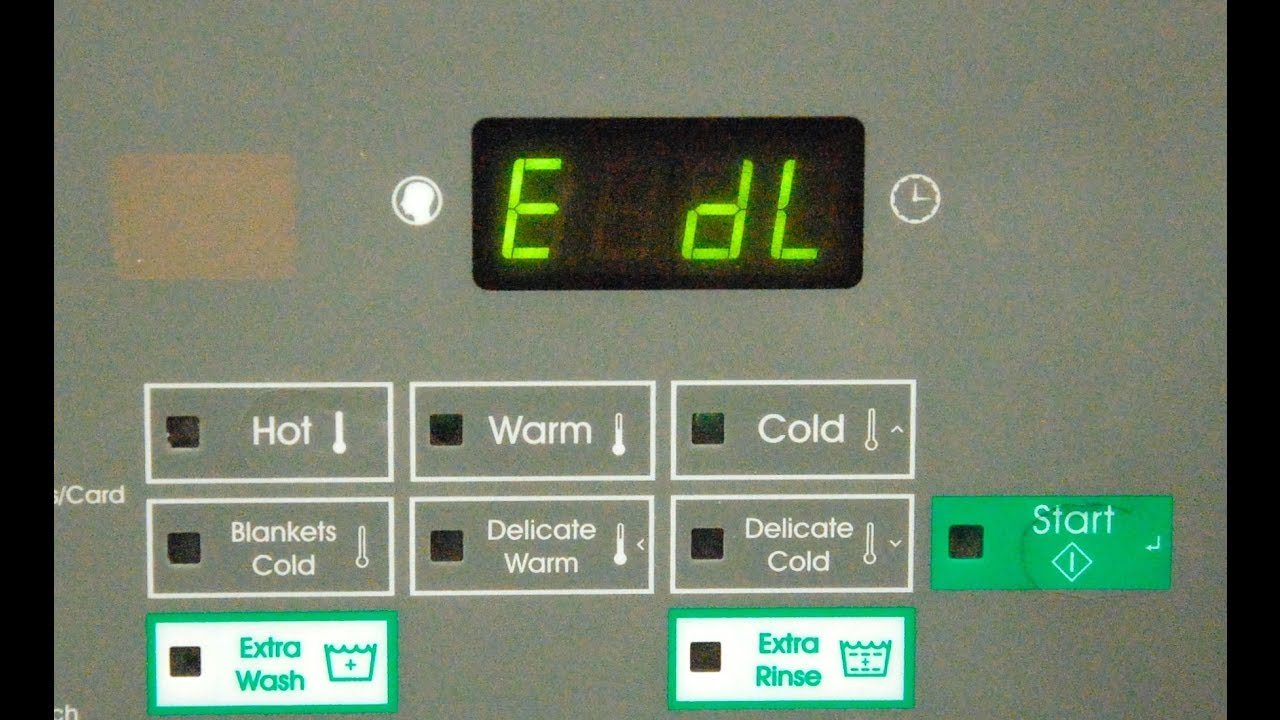

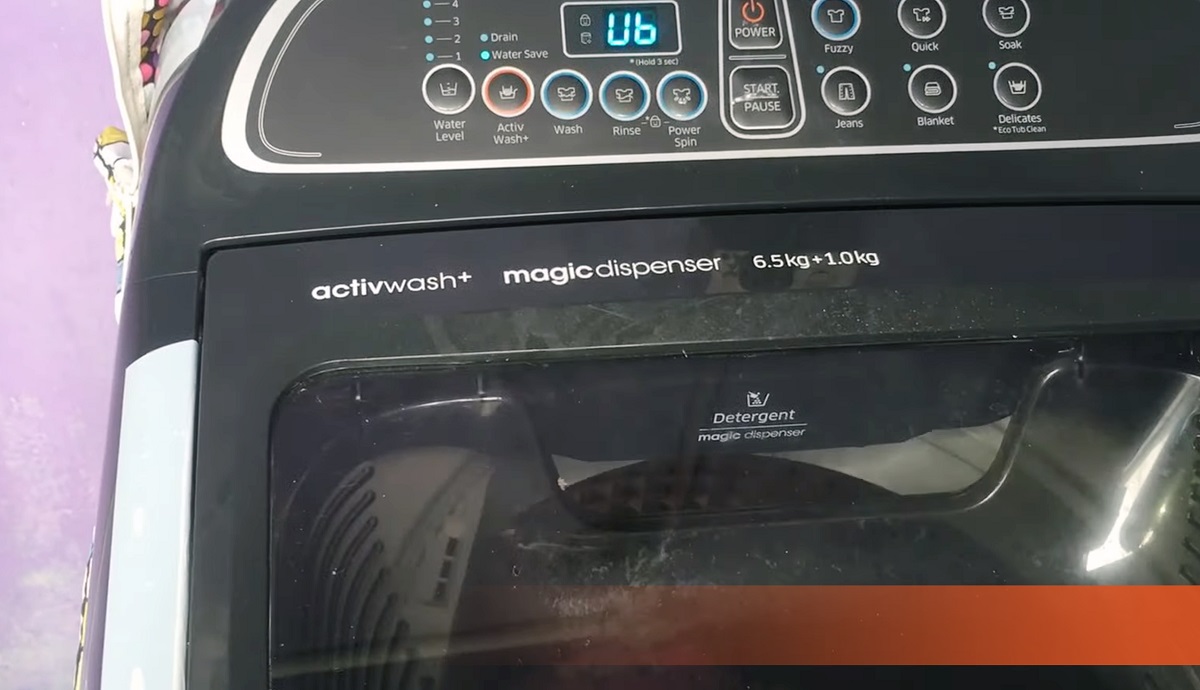
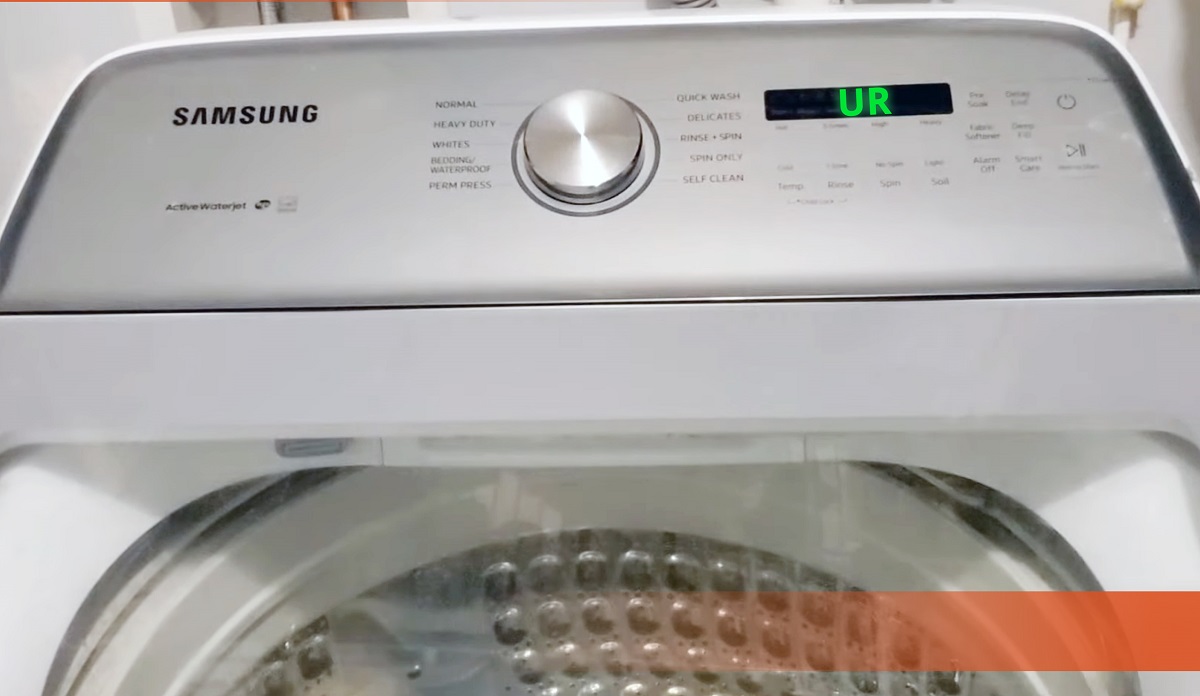
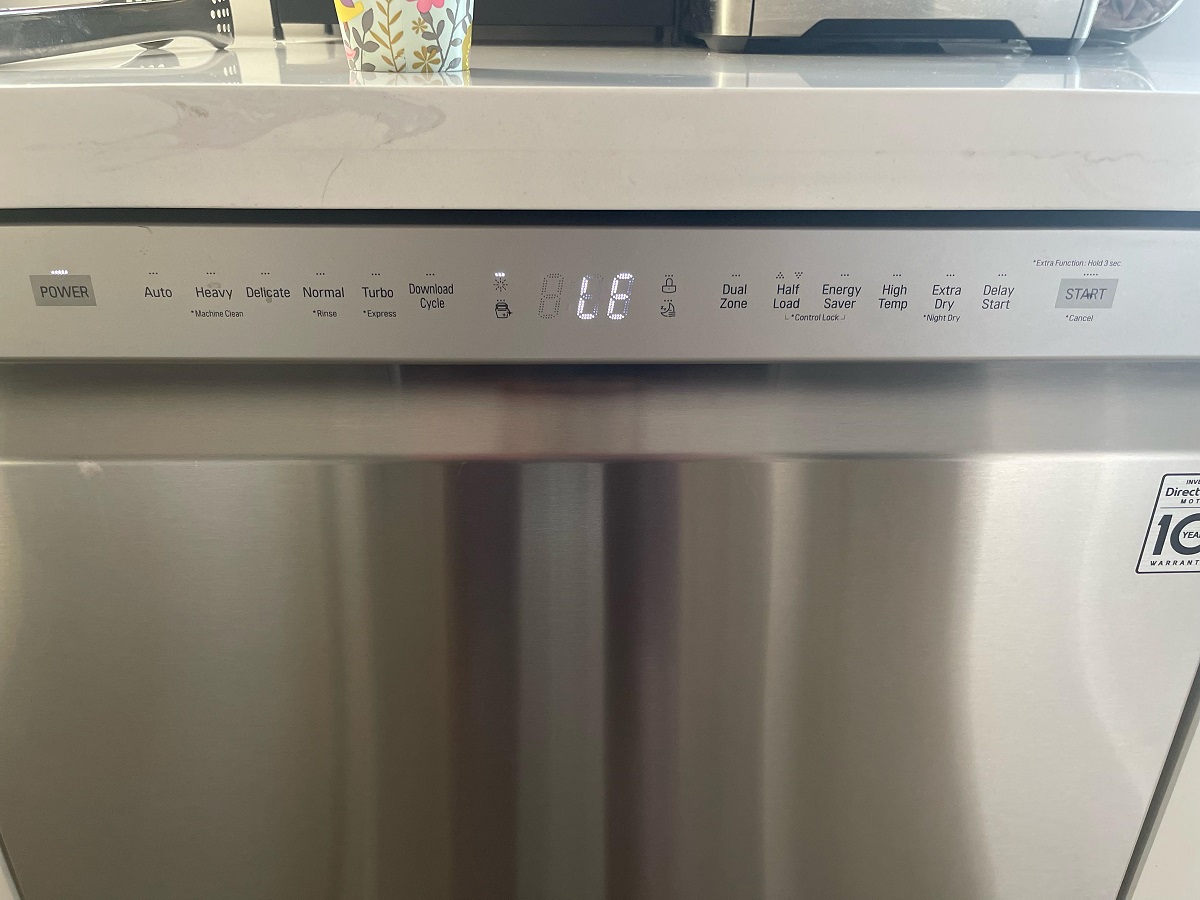
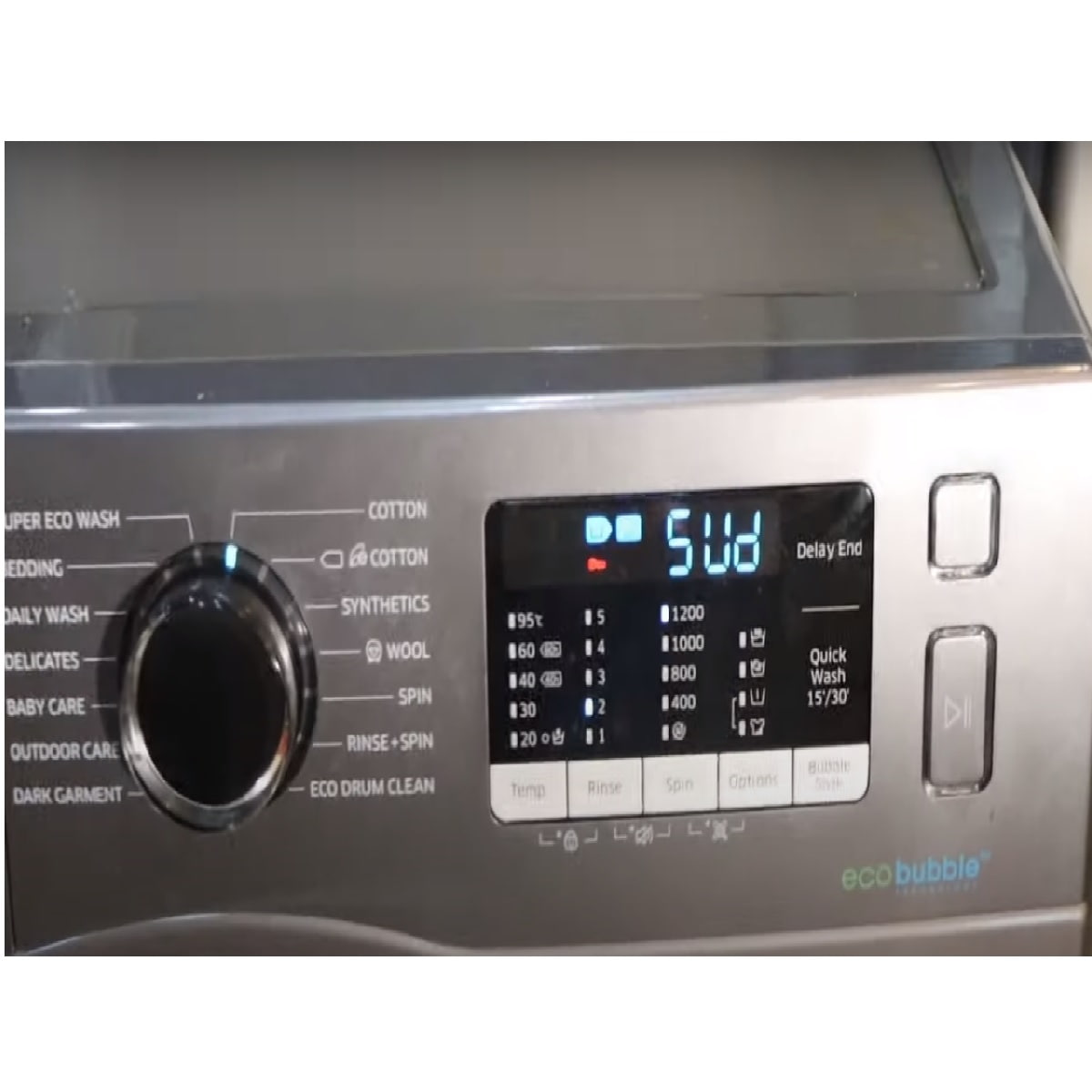
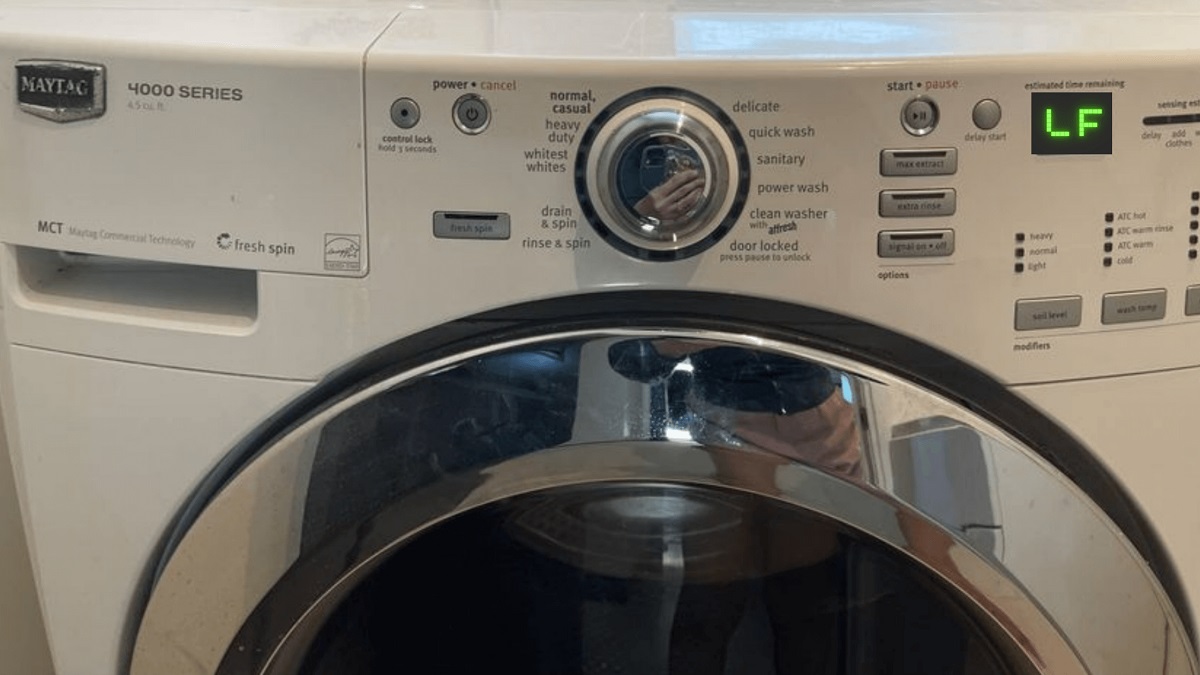
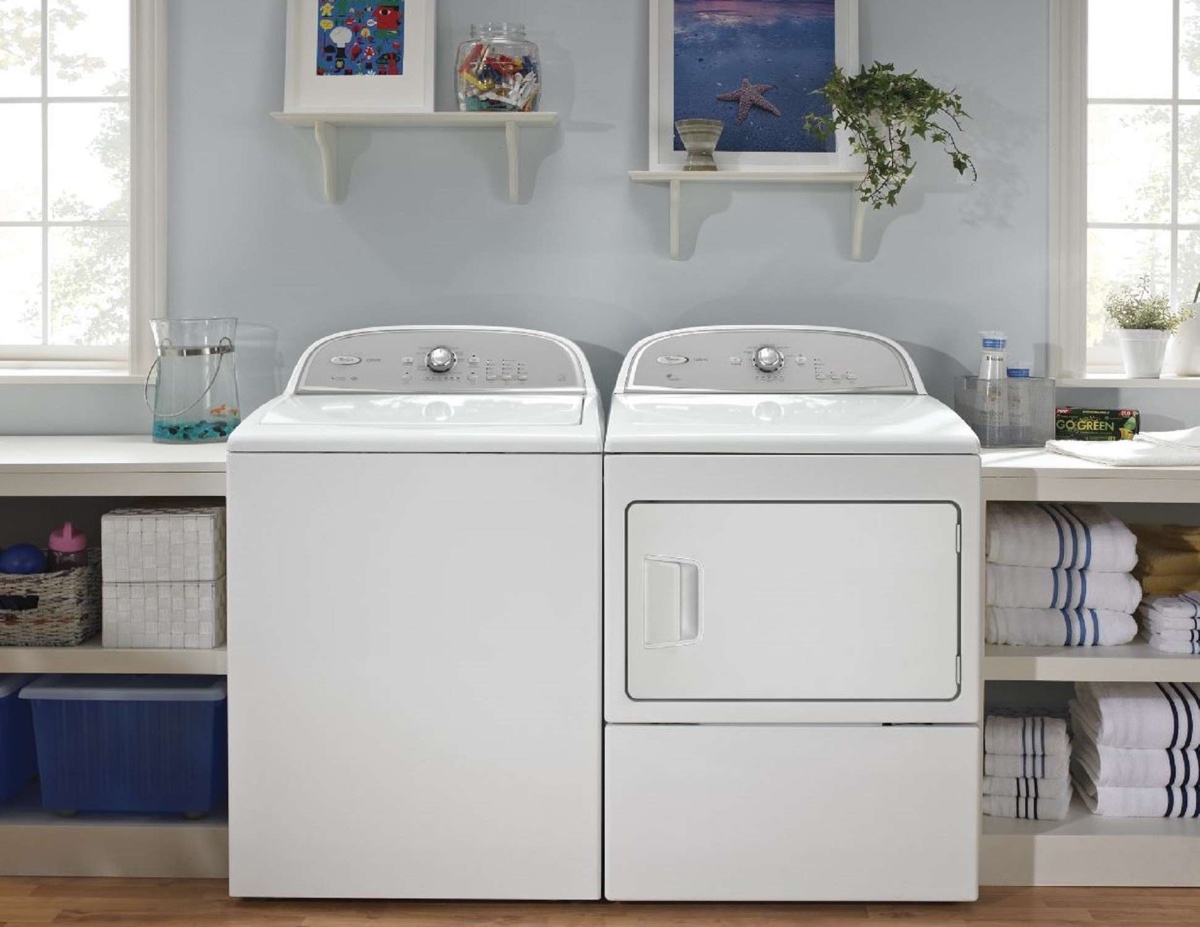
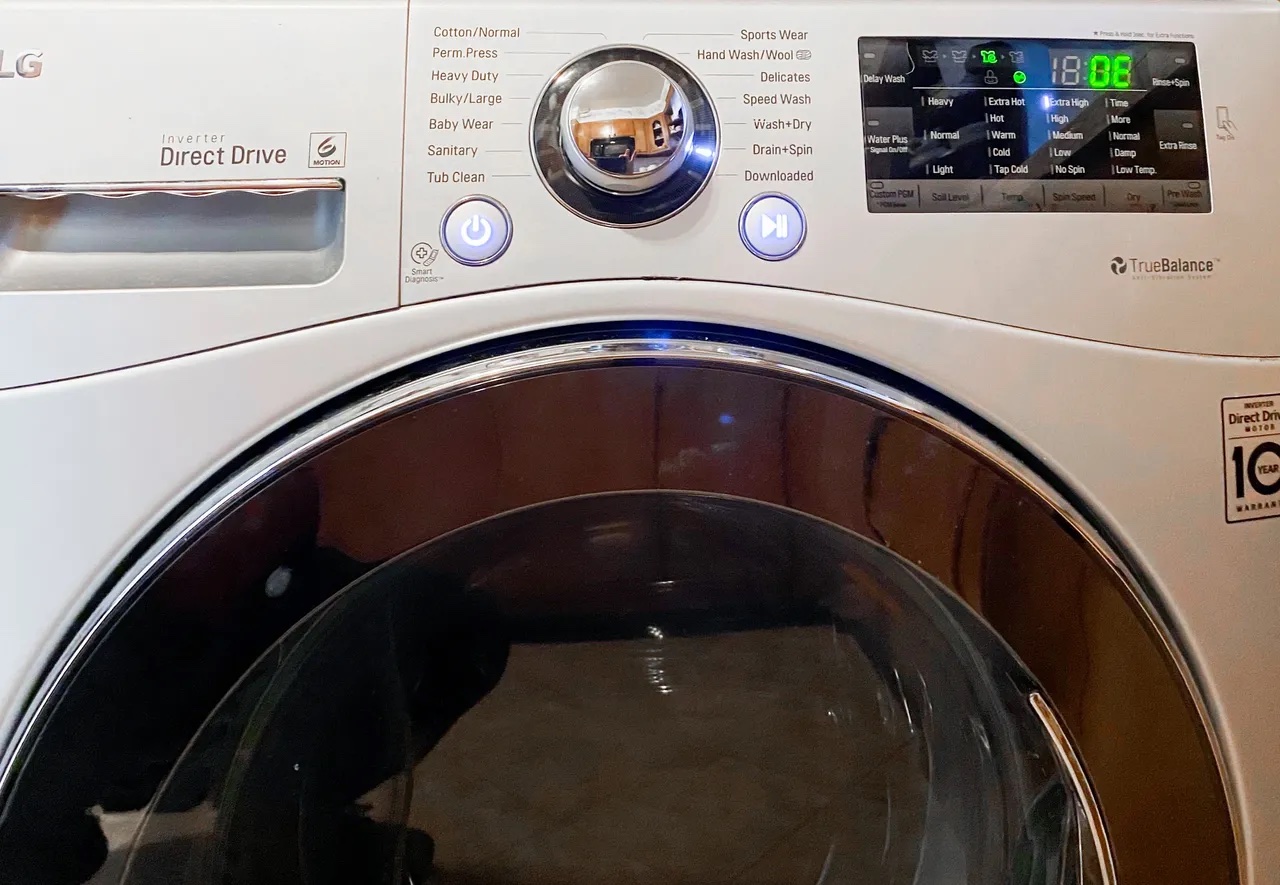
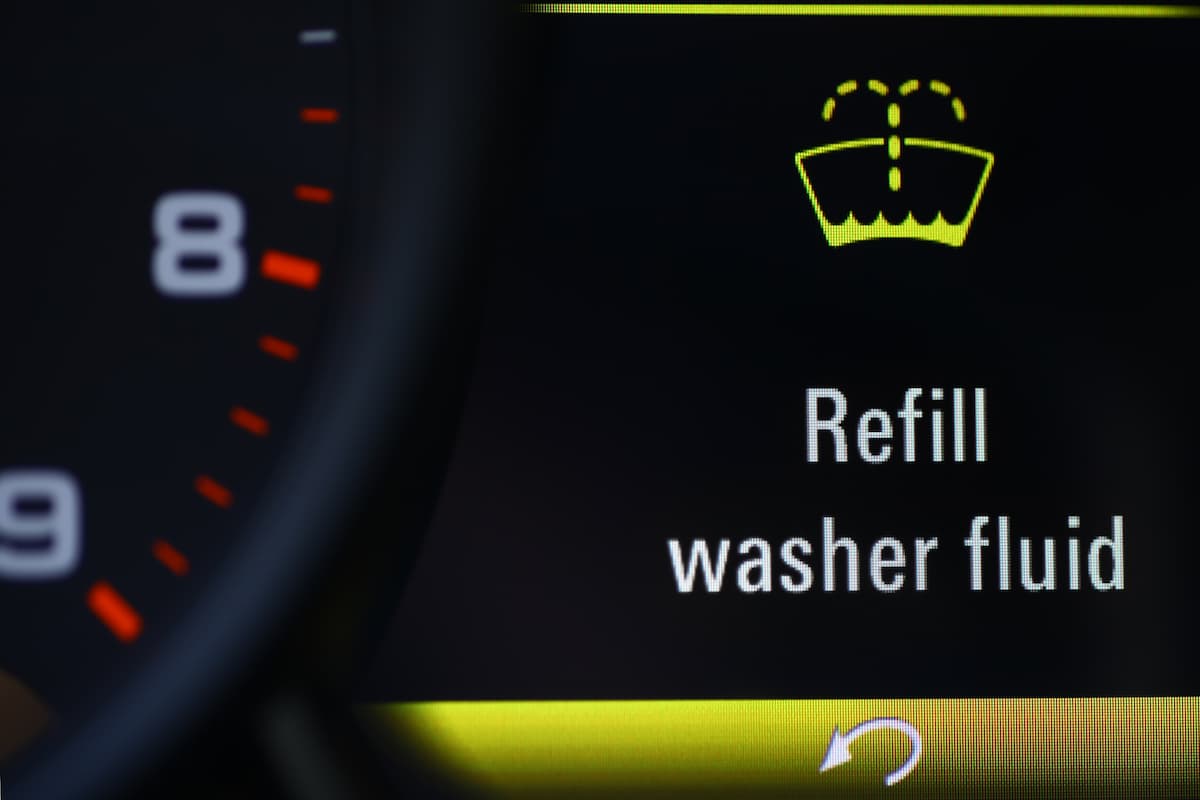
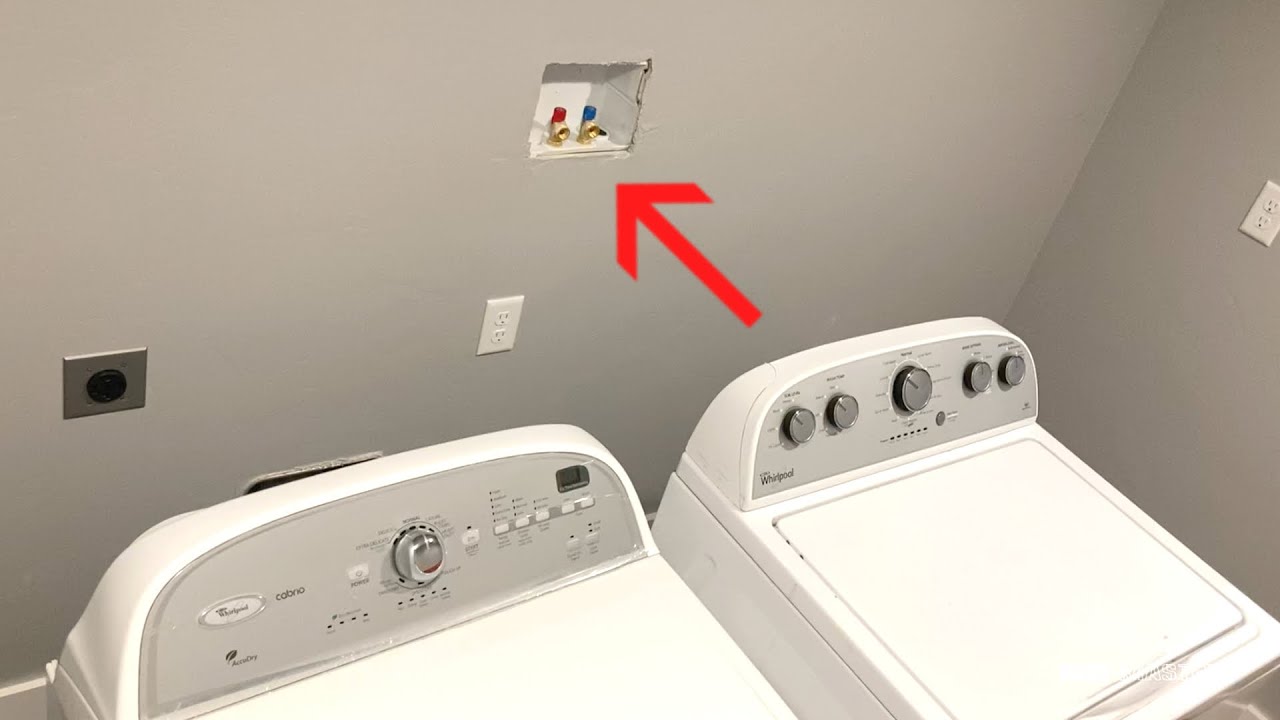
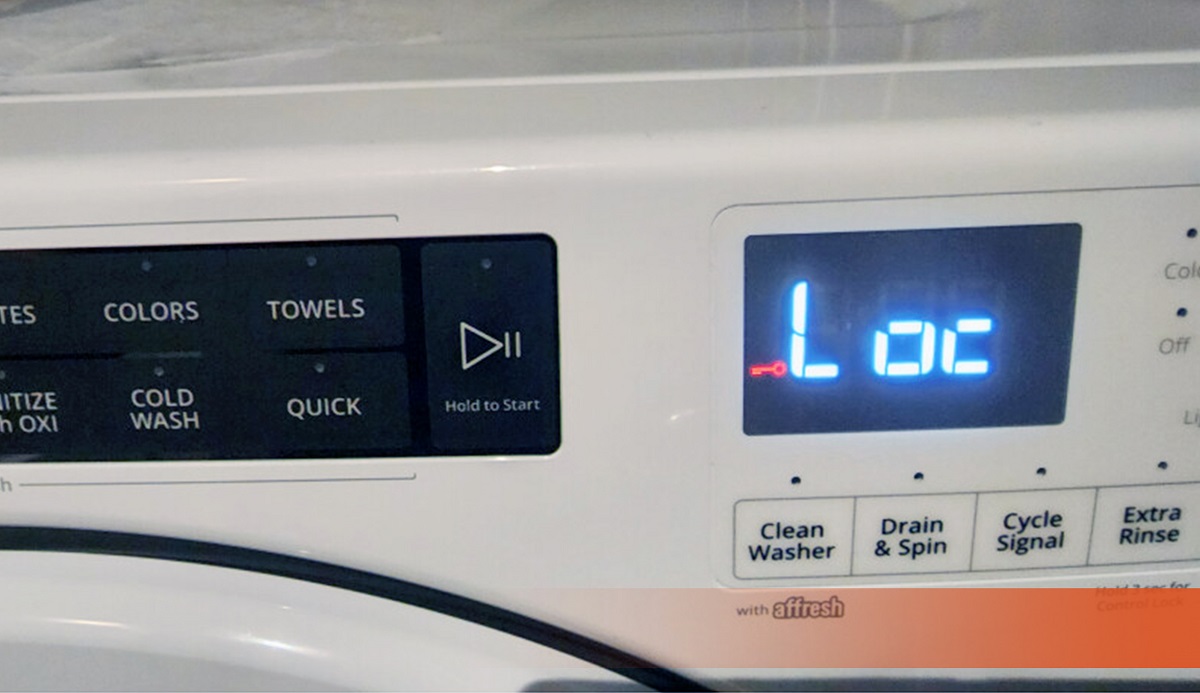

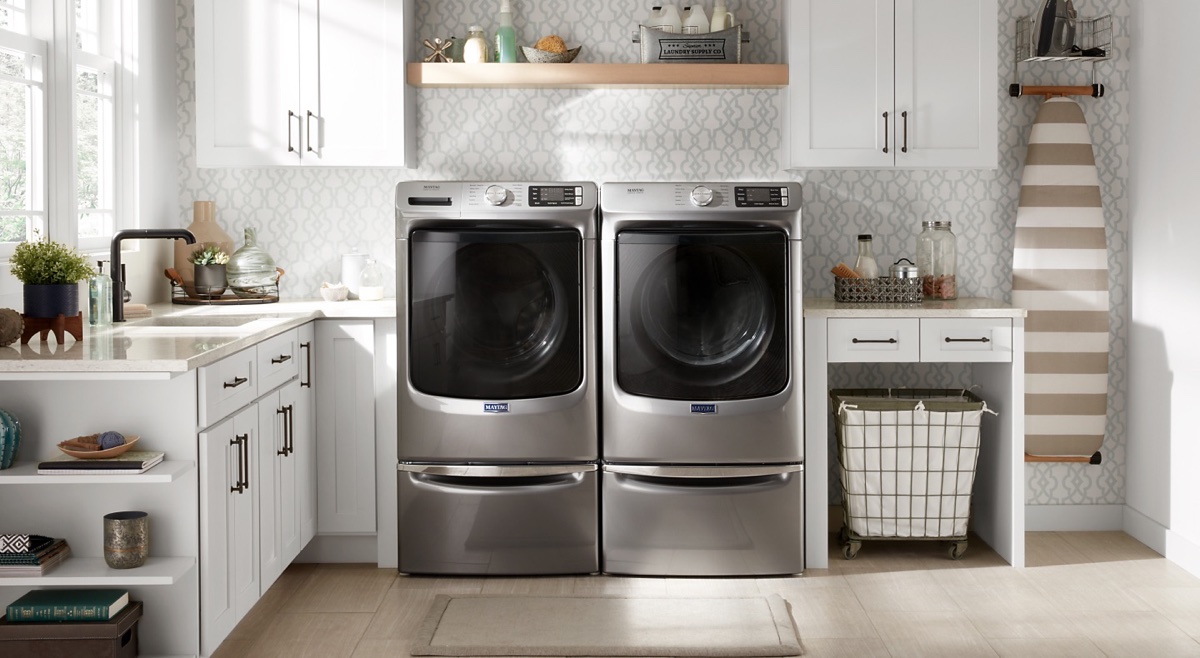

0 thoughts on “What Does Tank Low Mean On Washer”